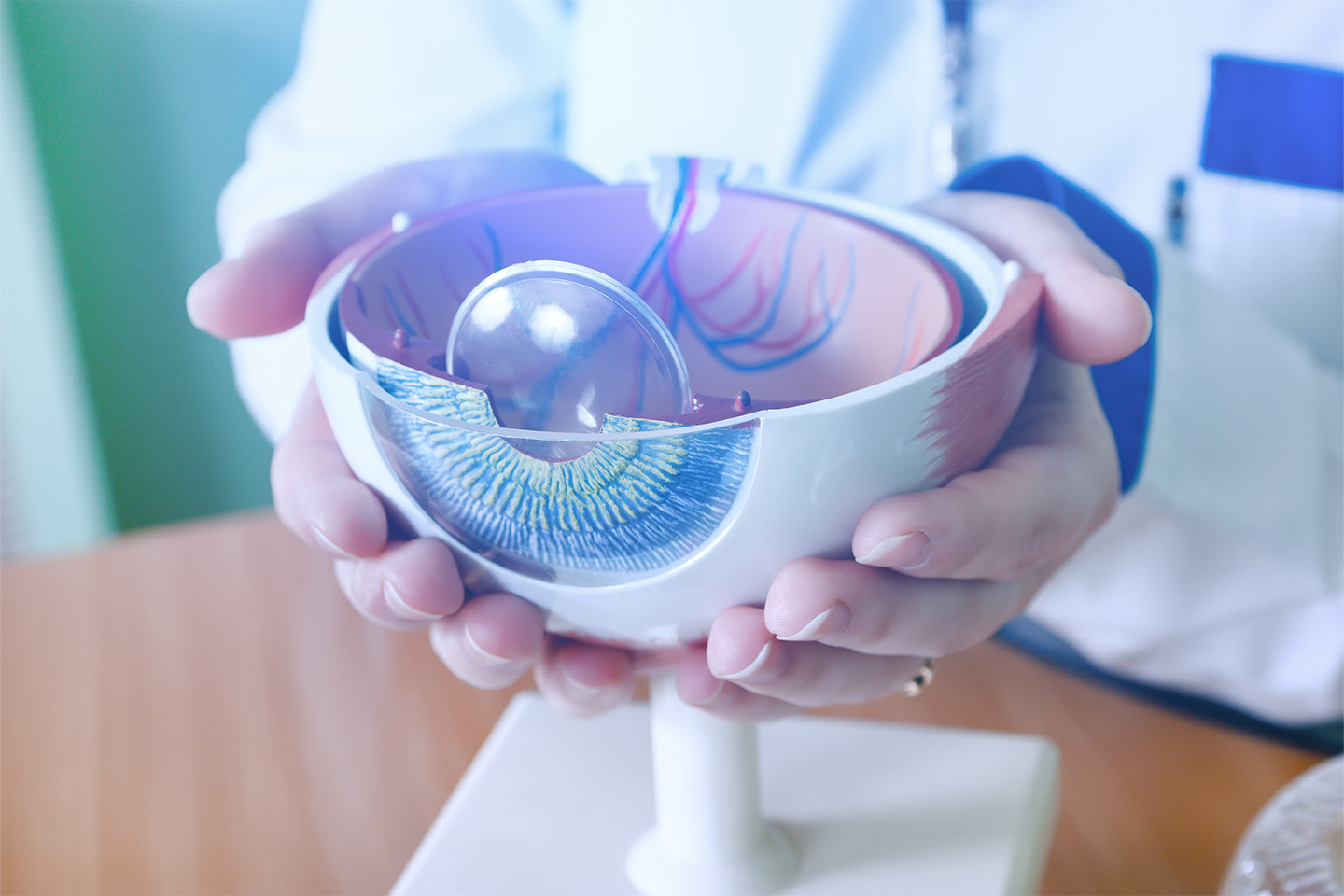How Quick Is LASIK Recovery?

LASIK surgery is a safe, fast, and effective way for patients to achieve long-lasting improvements to their vision.
LASIK vision correction surgery is remarkable, not only for its permanent correction of refractive errors, but for its fast recovery time. Most patients who undergo LASIK surgery experience clearer vision in a matter of days, and are surprised by how quickly they are able to return to many of their routine activities.
While a patient’s eyesight improves rapidly immediately after LASIK surgery, blurriness and fluctuations in vision may occur throughout the recovery process, which usually takes three to six months. Here’s the recovery timeline you can expect to follow when healing from LASIK.
The Stages of LASIK Recovery
Life returns to normal almost immediately following LASIK. That said, doctors recommend that you rest your eyes for a few hours post-operation, as you’re likely to experience burning, itchiness, sensitivity to light, halos around objects, glare, or blurred vision. To counteract these common side-effects, your doctor will send you home with eye drops that lubricate and heal the eyes. You will receive instructions for when, how, and for how long (usually around a week) to use these medicated drops.
You should avoid strenuous activity for the first 24 hours after undergoing LASIK, but most people will be cleared to drive and return to work after checking in with their eyecare specialist the day after surgery.
In the weeks following your procedure, you will continue to keep tabs on your eyes’ healing and monitor your visual acuity while routinely visiting your doctor. Follow-up visits will take place regularly until 12 months after your LASIK surgery, but these will be included in the cost of your procedure.
Because the corneal flap created by the LASIK procedure requires a period of several months to heal, you may experience slightly blurred vision or other variations in your eyesight after the procedure. If these symptoms become severe or do not seem to improve with time, notify your doctor.
Although complications are rare, some people who undergo LASIK surgery require an enhancement procedure to sharpen their eyesight if their vision does not stabilize after six months.
Eyecare after LASIK
In addition to incorporating general eyecare best practices into your routine, you should take special precautions after LASIK surgery. Your eyes are more vulnerable to traumatic injuries after undergoing LASIK than they were before the operation, so shielding them from damaging contact is — and will remain — important for eye health and safety.
There are a number of precautionary steps you can take to protect your eyes after LASIK surgery:
- Sleep with protective eyewear for the first few nights following the procedure to shield your eyes from irritants.
- Do not irritate your eyes with your hands during the week after surgery. While you may feel some discomfort and have a reflexive urge to rub or itch, avoid touching your eyes altogether, as doing so can damage the corneal flap as it’s repairing itself.
- To prevent infection, do not apply eye cream or eye makeup for the first week following the procedure. Similarly, do not submerge your eye in potentially contaminated water (like swimming pools), and avoid irritating chemicals (like those in some shampoos and body washes).
- Do not exercise for the first week following the procedure, and avoid contact sports for the first few weeks following the operation.
- Continue to wear sports goggles when engaging in athletic activity, and always use protective eyewear when working with power tools.
If you’re interested in learning more about LASIK vision correction surgery, schedule a consultation with the eyecare experts at Kleiman Evangelista Eye Centers of Texas. You can also learn more about patients’ recovery experiences by watching testimonials here.
Turn To The Top Eye Doctors In Texas
Check out one of our locations below for the best eye care near you:
[DISPLAY_ULTIMATE_SOCIAL_ICONS]








